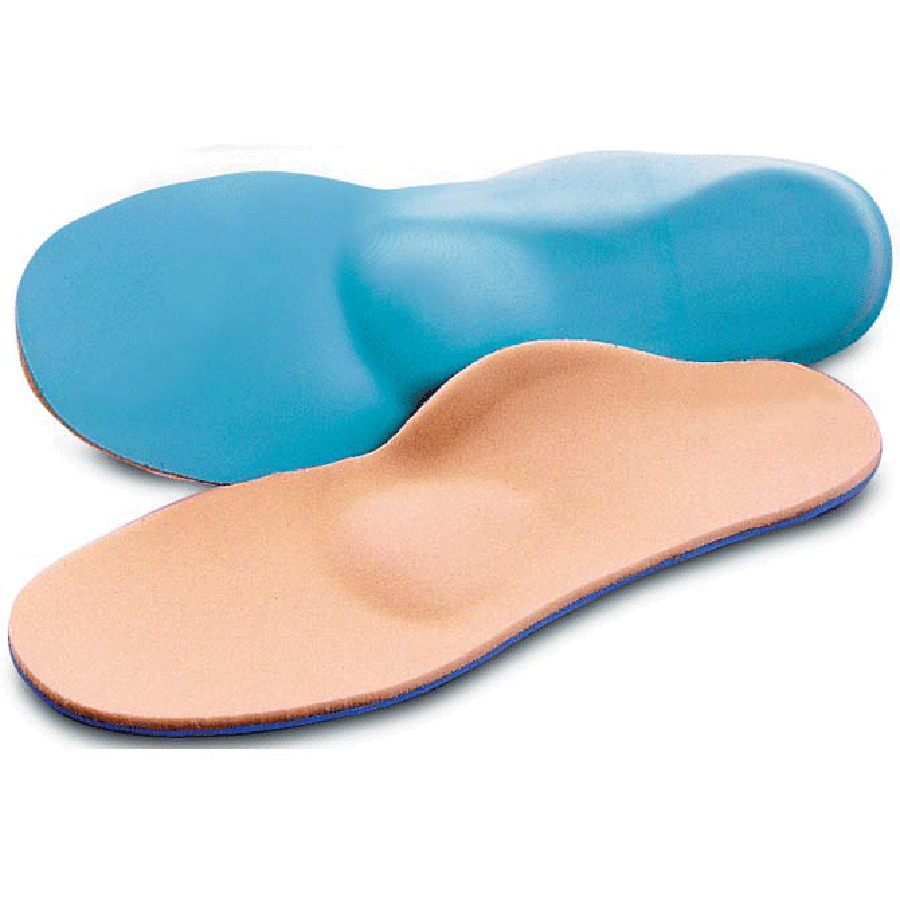The Fall Fashion World is in full swing and with it comes
all of the new and old shoe designs for the season. So, here is a quick
run-down of the fashionable vs. the comfortable and supportive.
First up, is the pointy toe pump. This shoe style has been
around for years and with each new season they come out with new colors,
designs and materials. However, one thing is still true about these shoes that
just never changes and that is their pointy toe box. The toe box is the part of
the shoe that holds your toes and needs to be the shape of your toes. For many people, this is a more rounded
shape. So, a pointed shape will lead to conditions such as bunions and calluses
because the shoe material is directly putting pressure on the sides of your big
toe and little toe. So, instead of pointy toe shoes, many women should opt for
a round toe to accommodate their toes.
 Second are the moccasins. Now, there is a lot we can learn from the Native Americans, but
unfortunately true moccasins are not a good shoe to wear outside anymore.
The newer moccasins have a rubber sole to them that provides for a greater amount
of protection when you are walking around outside which will help prevent you
from stepping on a nail. However, these shoes do not have a great deal of
support to them. For most of us, we have some type of foot complication such as
a flat foot, a high arch or we have had an injury to our ankle in the past. So,
these shoes do not offer the support and structure that we need to prevent our
feet from hurting or prevent reinjury.
Second are the moccasins. Now, there is a lot we can learn from the Native Americans, but
unfortunately true moccasins are not a good shoe to wear outside anymore.
The newer moccasins have a rubber sole to them that provides for a greater amount
of protection when you are walking around outside which will help prevent you
from stepping on a nail. However, these shoes do not have a great deal of
support to them. For most of us, we have some type of foot complication such as
a flat foot, a high arch or we have had an injury to our ankle in the past. So,
these shoes do not offer the support and structure that we need to prevent our
feet from hurting or prevent reinjury.  Third, we have boots. Now, boots have become extremely
stylish the past couple of years starting with the Uggs boots. Unfortunately,
Uggs boots offer practically zero support to your ankle and really only aid in
keeping your feet warm. However, in the past couple of years they have also
started marketing riding boots as being more than just for riding a horse.
These boots, if you buy the right ones, can actually offer a great deal of support
for your feet. So, when you are shopping for your next pair of boots, it is
important to look for ones that have a hard supportive material around your
foot and ankle.
Third, we have boots. Now, boots have become extremely
stylish the past couple of years starting with the Uggs boots. Unfortunately,
Uggs boots offer practically zero support to your ankle and really only aid in
keeping your feet warm. However, in the past couple of years they have also
started marketing riding boots as being more than just for riding a horse.
These boots, if you buy the right ones, can actually offer a great deal of support
for your feet. So, when you are shopping for your next pair of boots, it is
important to look for ones that have a hard supportive material around your
foot and ankle.
If you have any questions about the best type of shoe wear
for your feet or if you are struggling with finding shoes that don’t hurt your
feet, please give our office a call at (978) 794-8406. We serve the Westford,
Dracut, Wilmington, and Billerica, Massachusetts areas.




